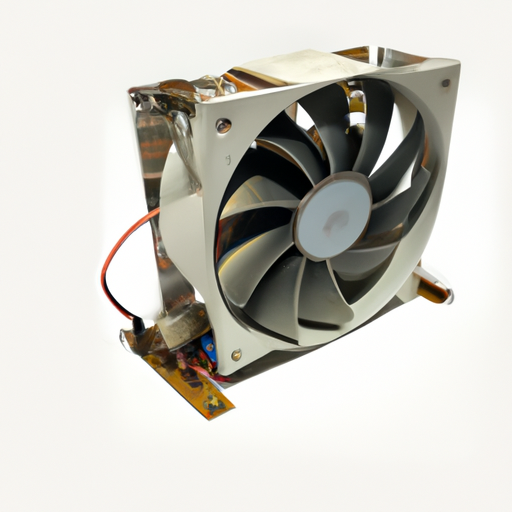Core Functional Technologies in Fans, Blowers, and Thermal Management
| 1. Fan and Blower Control Circuits | |
| 2. Temperature Sensing and Control | |
| 3. Smart Thermal Management Systems | |
| 1. Computer Cooling Systems | |
| 2. HVAC Systems | |
| 3. Automotive Cooling | |
| 4. Industrial Equipment | |
| 5. Consumer Electronics |
Application Development Cases
Conclusion
The MM74HC4050N is integral to enhancing the performance and reliability of fan and blower systems across various applications. By providing level shifting, buffering, and signal conditioning, it enables effective thermal management solutions in diverse industries. As technology continues to advance, the integration of smart controls and IoT capabilities will further enhance the functionality of fans and blowers, making them more efficient and responsive to environmental conditions. This evolution will not only improve user experience but also contribute to energy savings and sustainability in thermal management systems.






